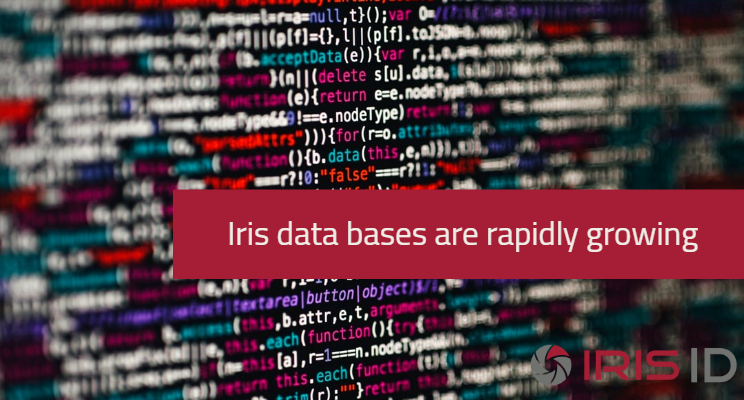By Mohammed Murad
Government officials often ask if there are sufficient numbers of people registered in iris biometric databases. It’s a good question as larger databases enable officials to identify and verify more people.
Admittedly, iris-based system enrollments lag behind those of fingerprint databases. For decades, fingerprints have been the biometric technology most often used by government agencies worldwide.
But that’s changing as officials recognize the speed, accuracy and – in the COVID-19 era – the contactless application of iris recognition systems. The compact size, 512 KB, of iris templates make the technology ideal for the large databases being used across the world daily.
The world’s largest government iris database was developed for India’s Aadhaar card. Country residents use the biometric technologies for a wide variety of social, business and financial activities. The Unique Identification Authority of India currently has enrolled irises from more than 1.2 billion citizens.
Here are a few other worldwide examples of government iris databases and their number of enrollments:
- Iraq National Card – 32 million
- Mexico National ID program – 27 million (130 million capacity)
- Qatar Ministry of Interior – Immigration control 12 million
- Canadian Border Services Agency (CBSA) – 2 million
- S. Department of Defense Automated Biometric Identification System – 2 million
- Somaliland Voter Registration – 1.4 million
- S. State Department Diplomatic Security – 100,000
Also, we’re seeing more government organizations taking advantage of systems capable of simultaneously enrolling iris and facial biometrics. Dual capture solutions will further increase the size of iris databases, making them increasingly relevant for identifying and verifying the IDs of billions of people.
Contact us for more information about the ways iris biometrics are assisting government organizations worldwide.
(Mohammed Murad is vice present, global sales and business development, Iris ID)

